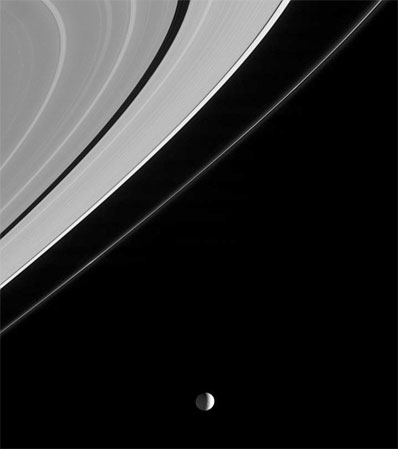
Spaceflight Now +

|

|

|

|

Premium video content for our Spaceflight Now Plus subscribers.

Day of Remembrance
 NASA pays tribute to those lost while furthering the cause of exploration, including the Apollo 1, Challenger and Columbia crews, during this Day of Remembrance memorial from agency headquarters on Jan. 27. (38min 58sec file) NASA pays tribute to those lost while furthering the cause of exploration, including the Apollo 1, Challenger and Columbia crews, during this Day of Remembrance memorial from agency headquarters on Jan. 27. (38min 58sec file)

 Play video: Play video:
Dial-up | Broadband

 Download audio: Download audio:
For iPod

Spacewalk highlights
 The Expedition 10 conducts a successful spacewalk outside the International Space Station to mount a German robotic arm and Russian science package to the Zvezda service module's exterior. (5min 07sec file) The Expedition 10 conducts a successful spacewalk outside the International Space Station to mount a German robotic arm and Russian science package to the Zvezda service module's exterior. (5min 07sec file)
 Play video Play video

Huygens science update
 One week after the Huygens probe landed on Saturn's moon Titan, scientists hold a news conference to announce additional results and describe more pictures from the mission. (69min 02sec file) One week after the Huygens probe landed on Saturn's moon Titan, scientists hold a news conference to announce additional results and describe more pictures from the mission. (69min 02sec file)

 Play video: Play video:
Dial-up | Broadband

 Become a subscriber Become a subscriber
 More video More video

|

|

|

|
|

|

Spotlight on Mimas
CASSINI PHOTO RELEASE
Posted: January 31, 2005
Mimas is caught in the spotlight beneath Saturn's rings in this amazing view from Cassini. Notable is the brightened outermost edge of the A ring beyond the narrow Keeler gap and the periodic brightening of the thin, knotted F ring. Mimas is 398 kilometers (247 miles) across.

Credit: NASA/JPL/Space Science Institute
Download larger image version here
|
The image was taken in visible light with the Cassini spacecraft narrow angle camera at a distance of 2 million kilometers (1.3 million miles) from Mimas and at a Sun-Mimas-spacecraft, or phase, angle of 105 degrees. The image scale is about 12 kilometers (7.5 miles) per pixel. The image has been magnified by a factor of two and contrast enhanced to aid visibility.
The Cassini-Huygens mission is a cooperative project of NASA, the European Space Agency and the Italian Space Agency. The Jet Propulsion Laboratory, a division of the California Institute of Technology in Pasadena, manages the mission for NASA's Science Mission Directorate, Washington, D.C. The Cassini orbiter and its two onboard cameras were designed, developed and assembled at JPL. The imaging team is based at the Space Science Institute, Boulder, Colo.
|

|

|

|
|



